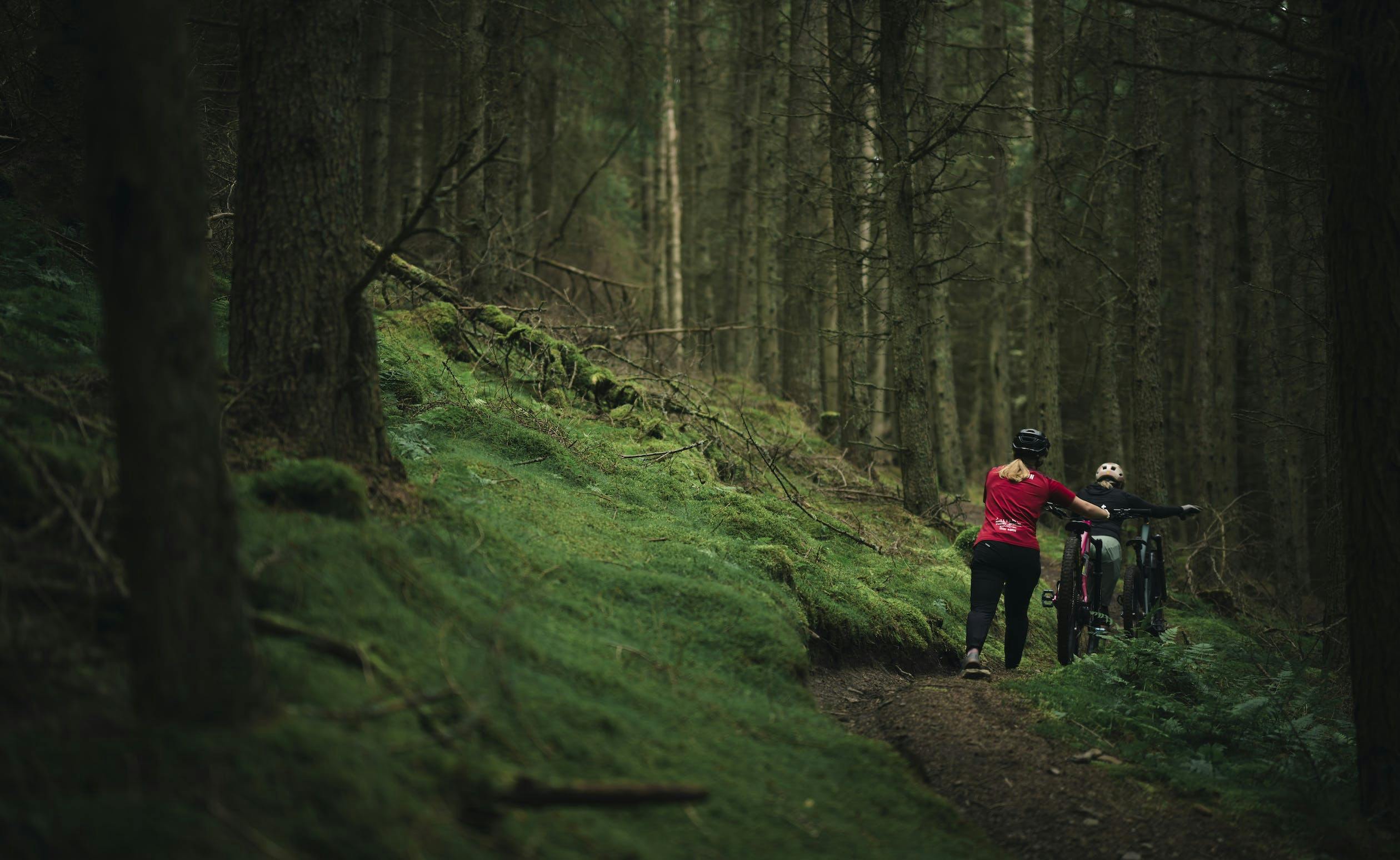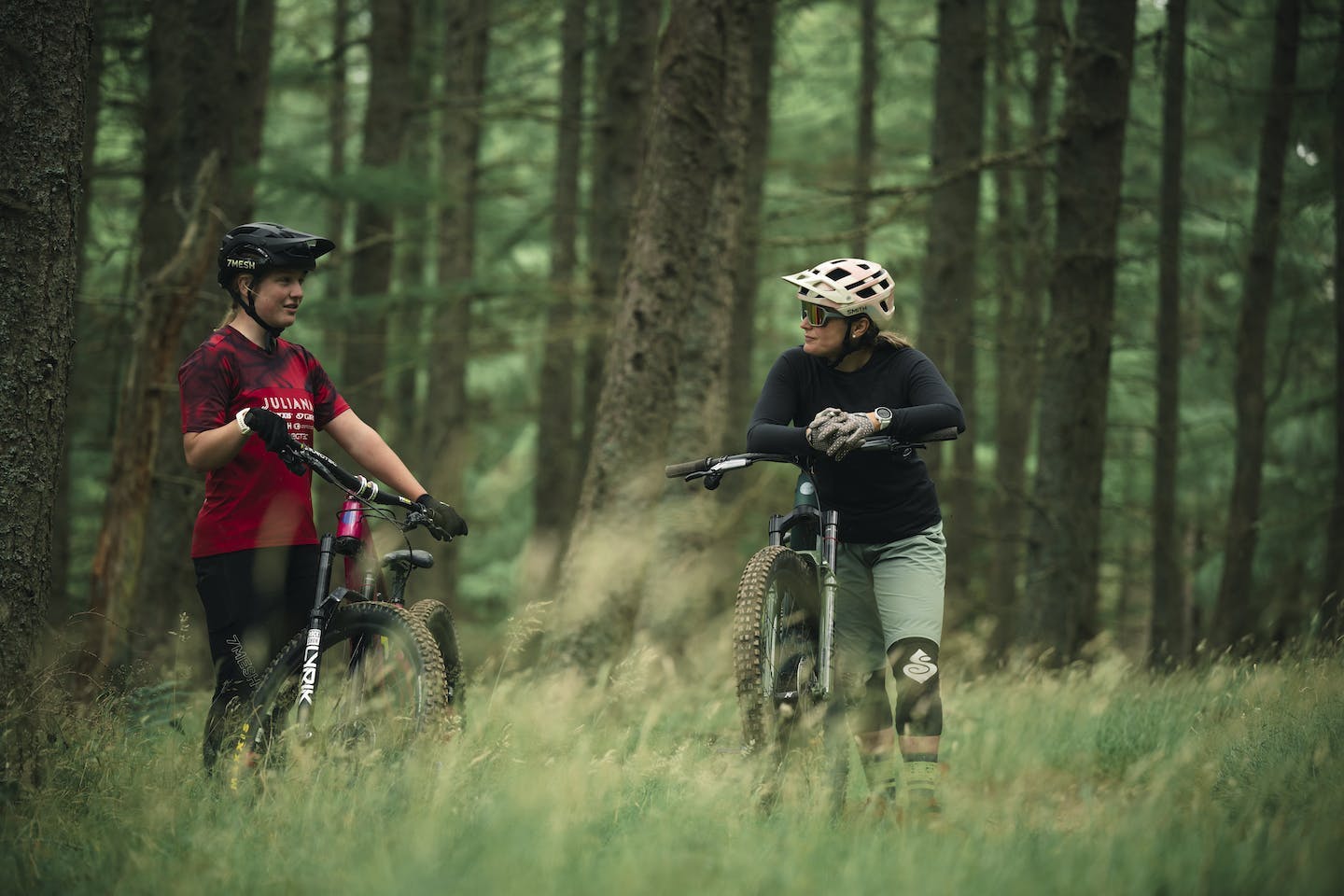From There to Here: How Women’s Enduro Has Changed Over The Years
We catch up with Rachael Walker and Polly Henderson to dive into the evolution of women's enduro and their experiences within the sport.
Words by: Polly Hendo and Rachael walker
Photos by: Roo Fowler
From a niche new-age discipline with very few female athletes, to a fully credible career route for women, the path to becoming a professional Enduro racer has changed significantly over the years. Ten years of Enduro World Series (EWS) racing later, and we’ve arrived at the latest configuration—the Enduro World Cup (EDR)—and women’s racing is in great shape. We sat down with second-year Elite Polly Henderson and ex-EWS racer Rachael Walker to see how things have changed.
We know that historically, mountain biking has been dominated by men—especially in competition. But go out on the trails today and you’ll find a thriving female scene. With women’s participation growing exponentially, it follows suit that women’s race entries are also on the rise as the gap in resources between men and women starts to narrow.
Since its official inception in 2013, Enduro has grown to become, in the words of previous EWS Managing Director Chris Ball, “the definitive test for the mountain biker”. Essentially a series of tough days out on the bike, the format’s timed stages feature tough climbs and technical descents. In the early days, the trails were milder and mostly blind, but today the tracks are rougher with more downhill spec descents and demanding stages. This has led to more committed racing, which in turn relies on more training and focus than ever.
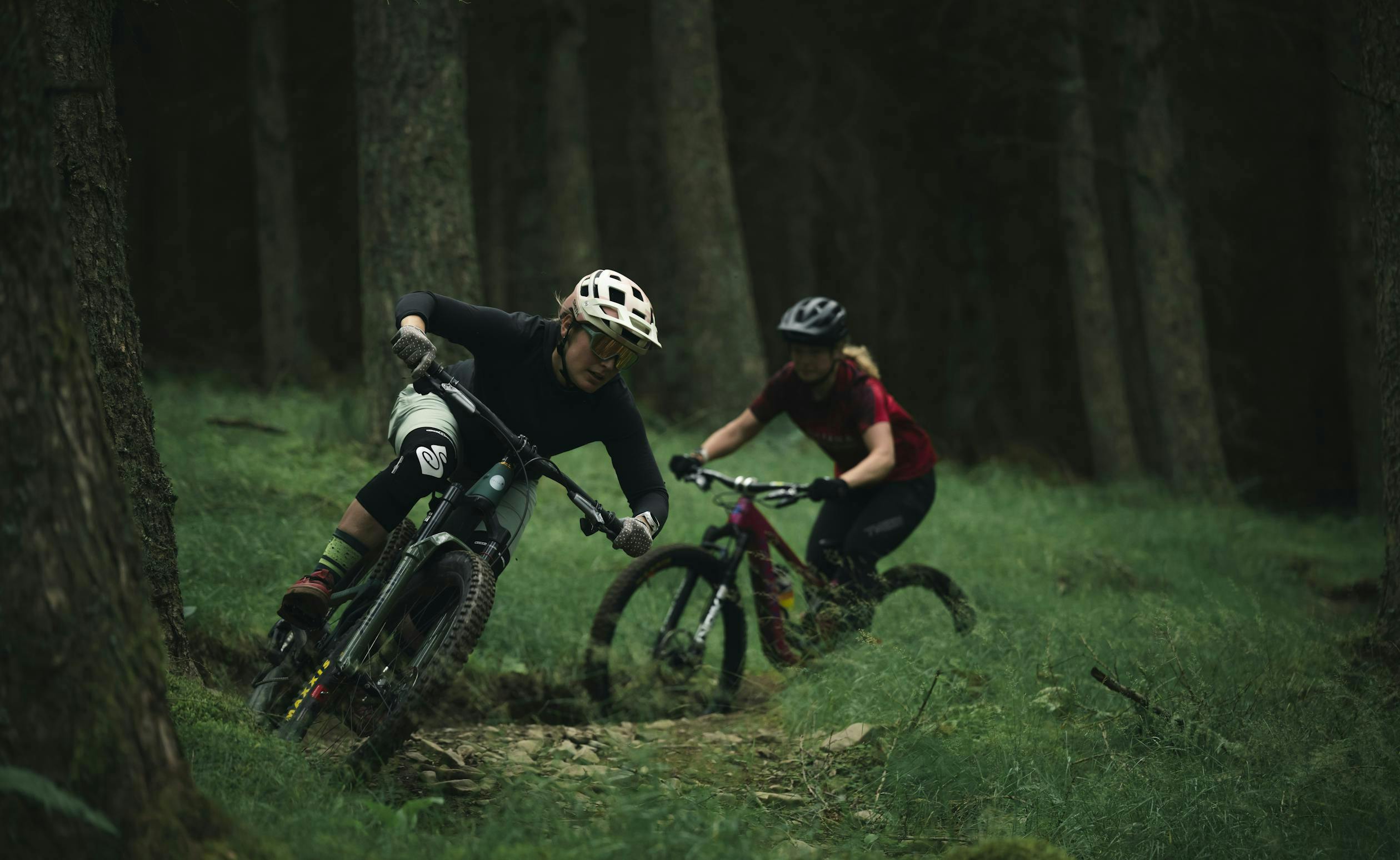
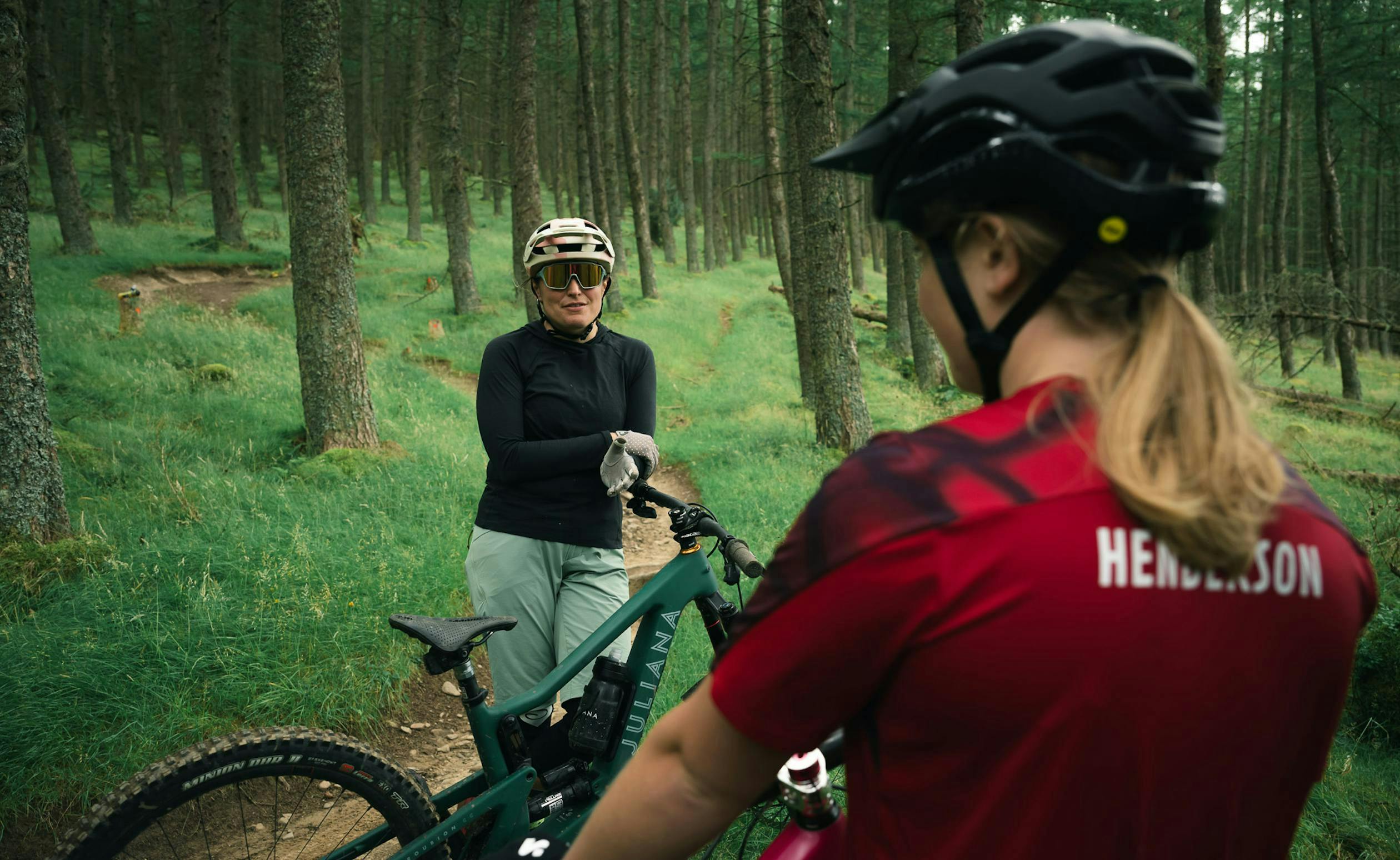
Multi-disciplinary rider Rachel Walker has been in the game since the beginning and has witnessed many of these changes first-hand. Stumbling into mountain biking unintentionally, Rachel had a short stint racing Downhill before entering the OG Dudes of Hazzard Enduro in 2012 and later the UK Gravity Enduro Series.
Coming into the sport without a clear intention, she said the Series was simply fun and facilitated a way to meet other women of a similar level—including her personal role model and friend Tracey Mosley—something that was challenging at the time as overall female participation was lower. Today, Rachel considers herself a rider who loves all disciplines of cycling and is more interested in adventurous endurance efforts than being between the tape.
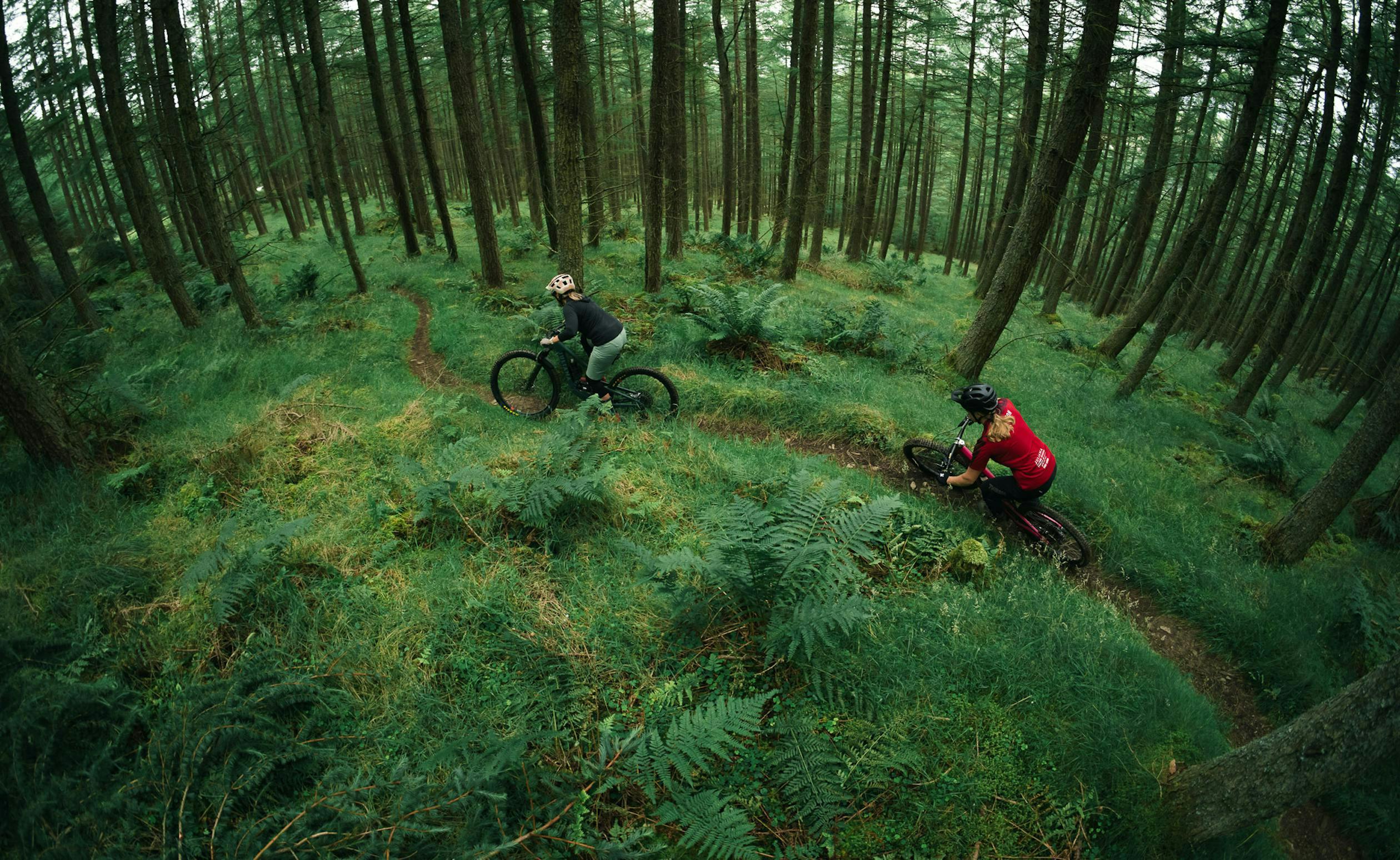
In comparison to Rachel’s varied route through professional cycling, current Enduro World Cup (EDR) racer Polly Henderson's career has followed a more formulaic path. Starting to race Cross-Country at seven years old, Polly eventually changed disciplines to race Enduro U21s before moving into Elites last year.
Pursuing racing wasn’t a hard decision for her, as the path to becoming a professional mountain biker is a more viable choice today—something she acknowledges is probably driven by better visibility for women in the media. Nowadays, athletes’ social media presence is a key tool for representation, providing women greater leverage and more opportunities to get the resources and support that make being a professional athlete feasible—not to mention more role models to inspire the next generation of racers.
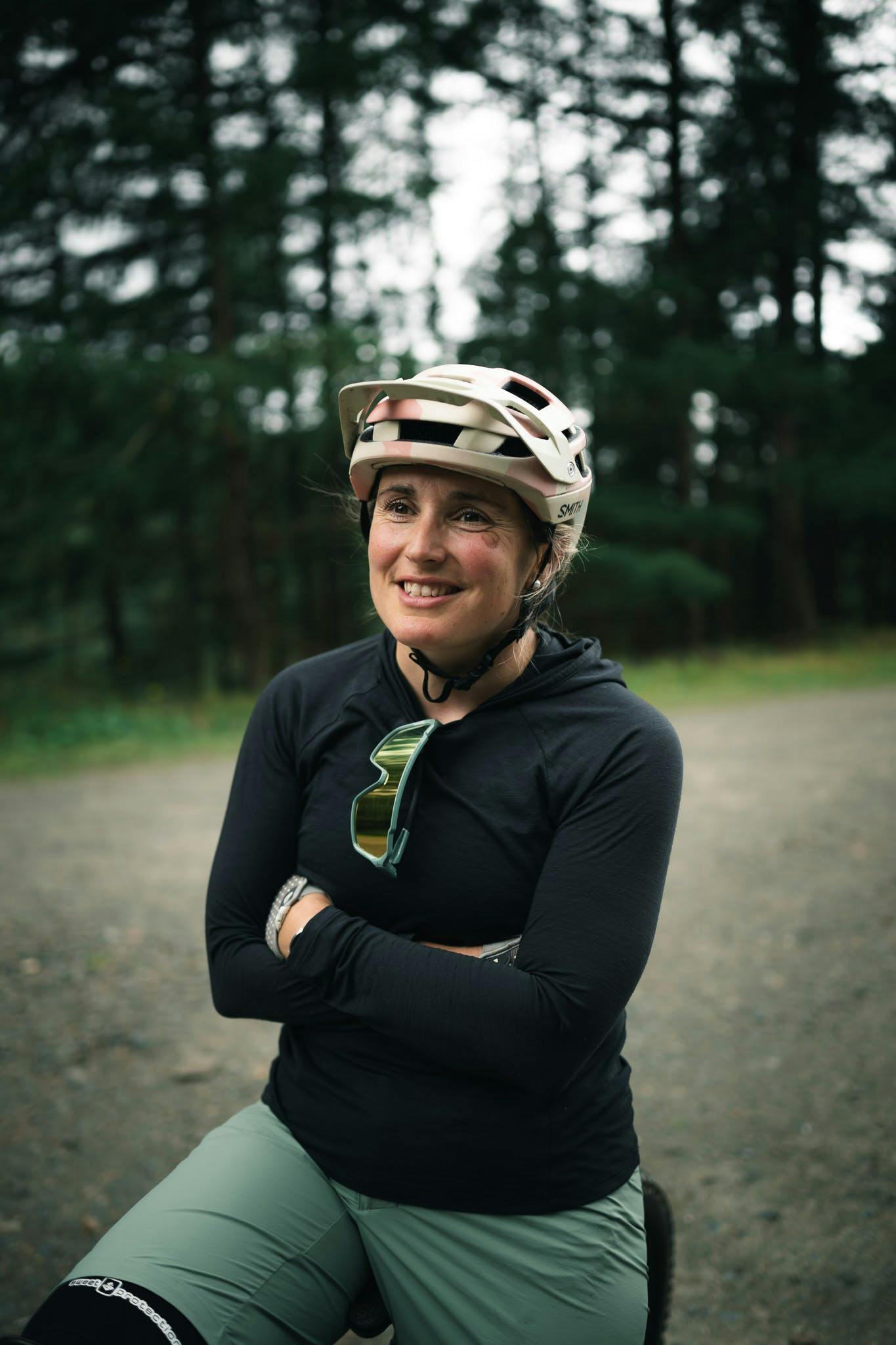
“I think it was just really a cool way to spend time on our bikes with women who are on a sort of equivalent level. There wasn’t much in it—apart from Tracy!” - Rachel Walker
As Enduro tracks have become more gnarly overtime, the race bikes have also evolved. As Rachel’s first Orange XC bike with 27” wheels points to, originally most racers were riding smaller travel 120-130mm trail bikes that were a little beefier than a race-spec XC bike, but easier to pedal than a downhill bike. Nowadays, as the courses become steeper, more technical and more demanding, racers are seeking out the echo of a downhill bike—something with 150-180mm travel for support on the descents, and larger 27.5” or 29” wheels too.
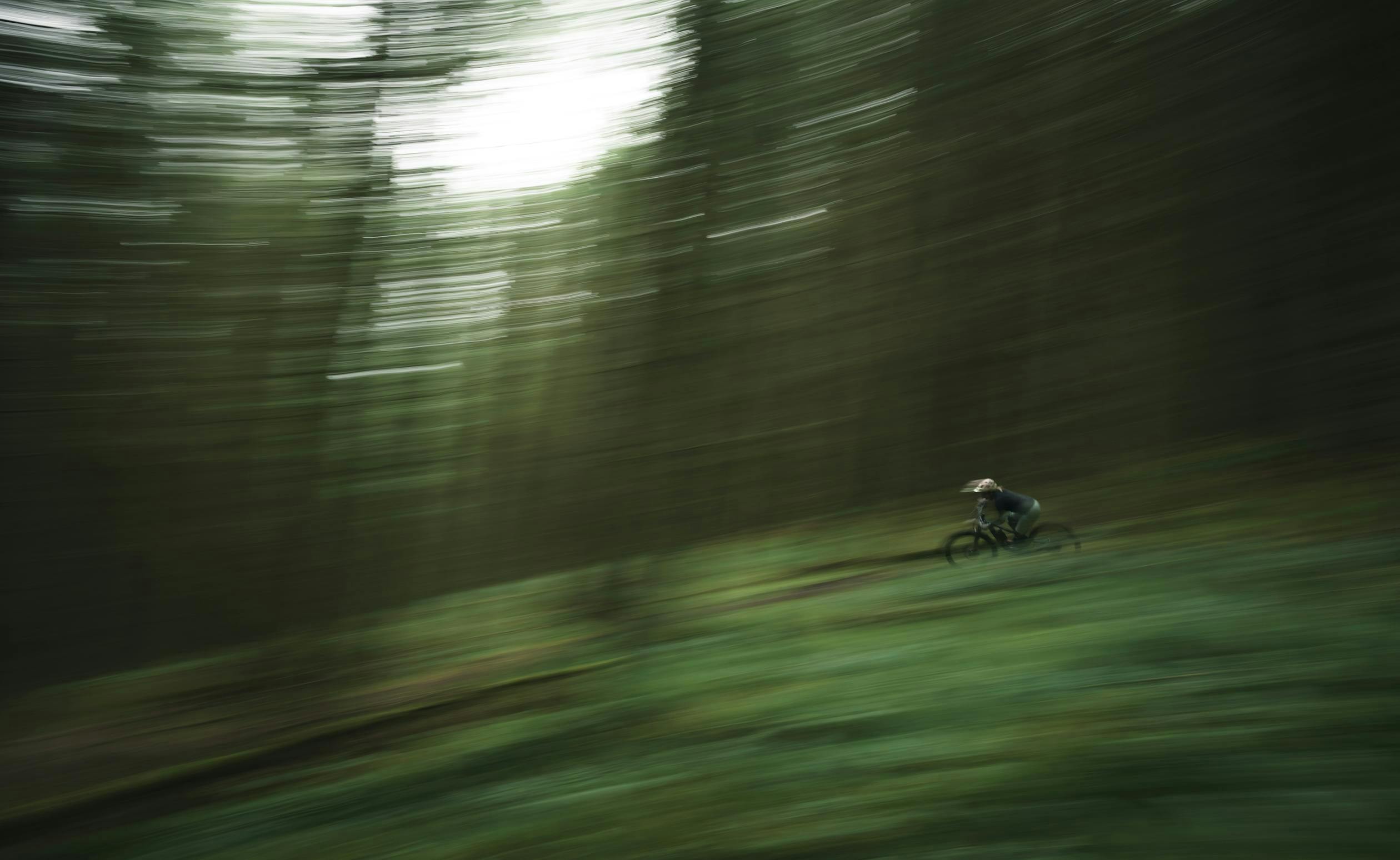
The podium at the early races Rachel attended was dominated by a couple of women, as a greater contrast in technical skill led to large gaps between the top few and the rest of the field. Today, skill and stage times are closing, making for tighter and more exciting racing, while improvements in funding have allowed the sport to become more professional overall.
Since Polly started racing fifteen years ago, the amount of representation in women’s Enduro has skyrocketed. Just three years ago, Polly says, you’d be lucky if there were twenty women racing. Now, there are around forty women battling for a podium in Elites. Of course, as entries have increased, the chance of bagging a top ten has become harder. The upside? Polly says she now has more pro-women to ride with and they regularly do mock enduros together.
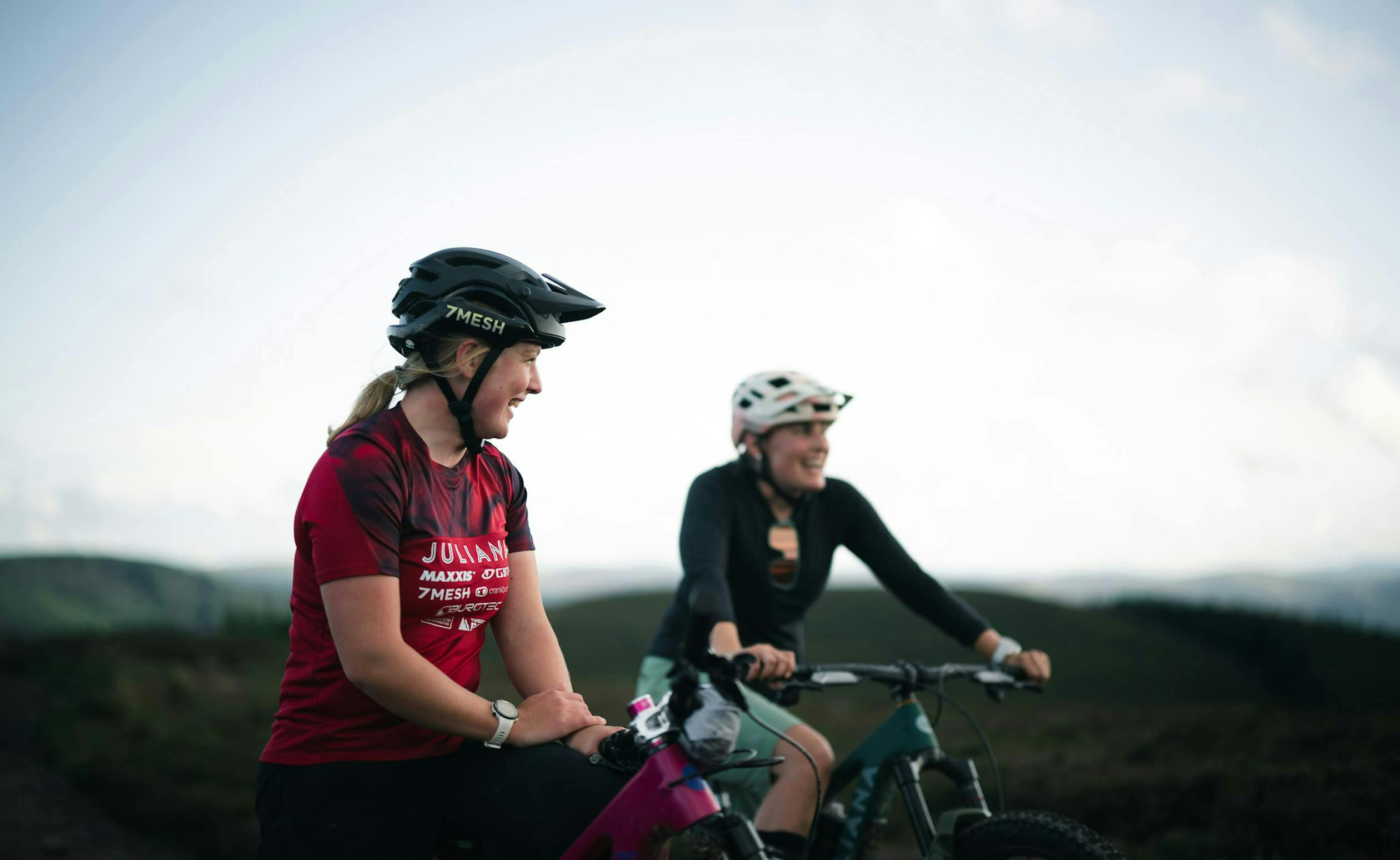
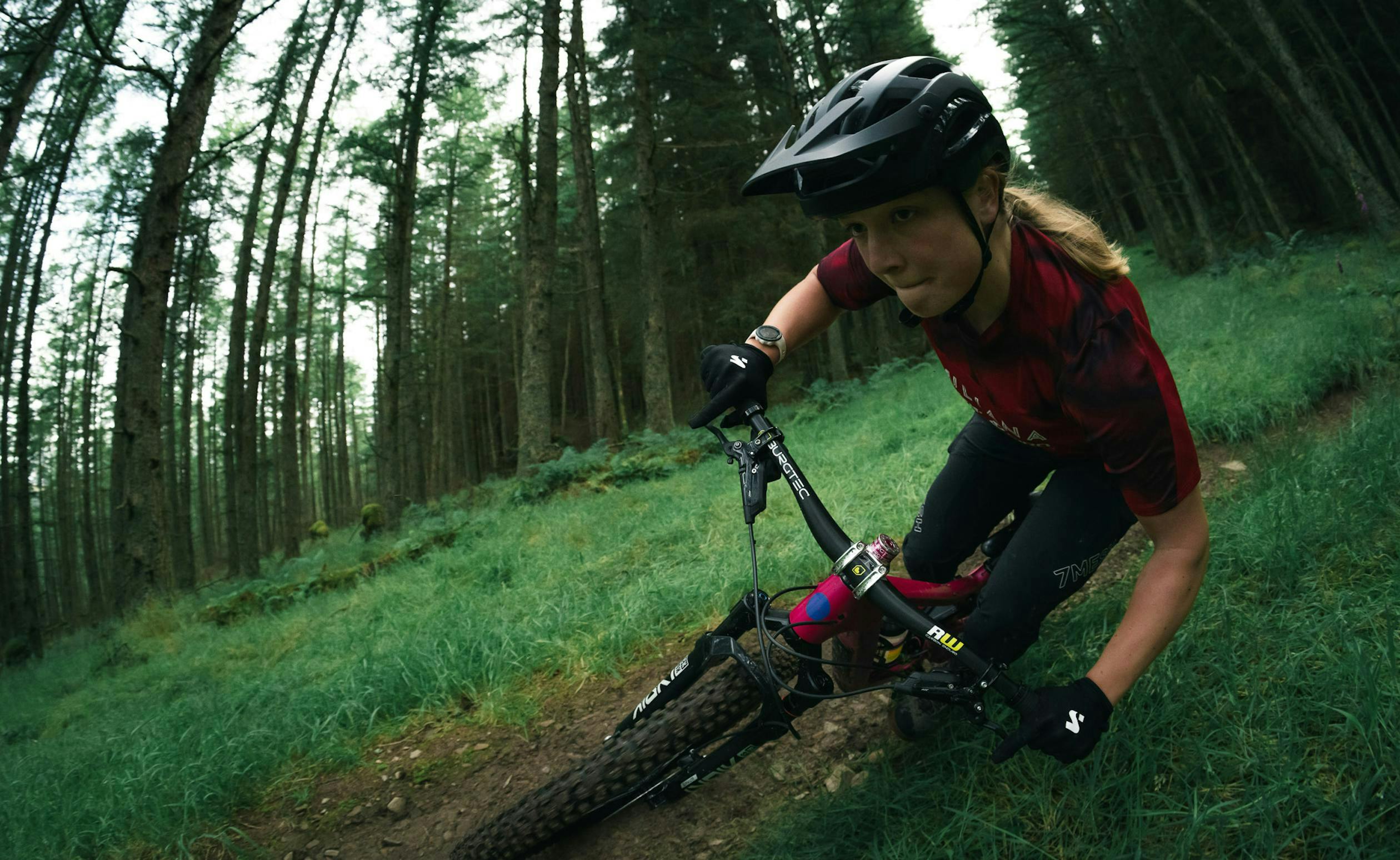
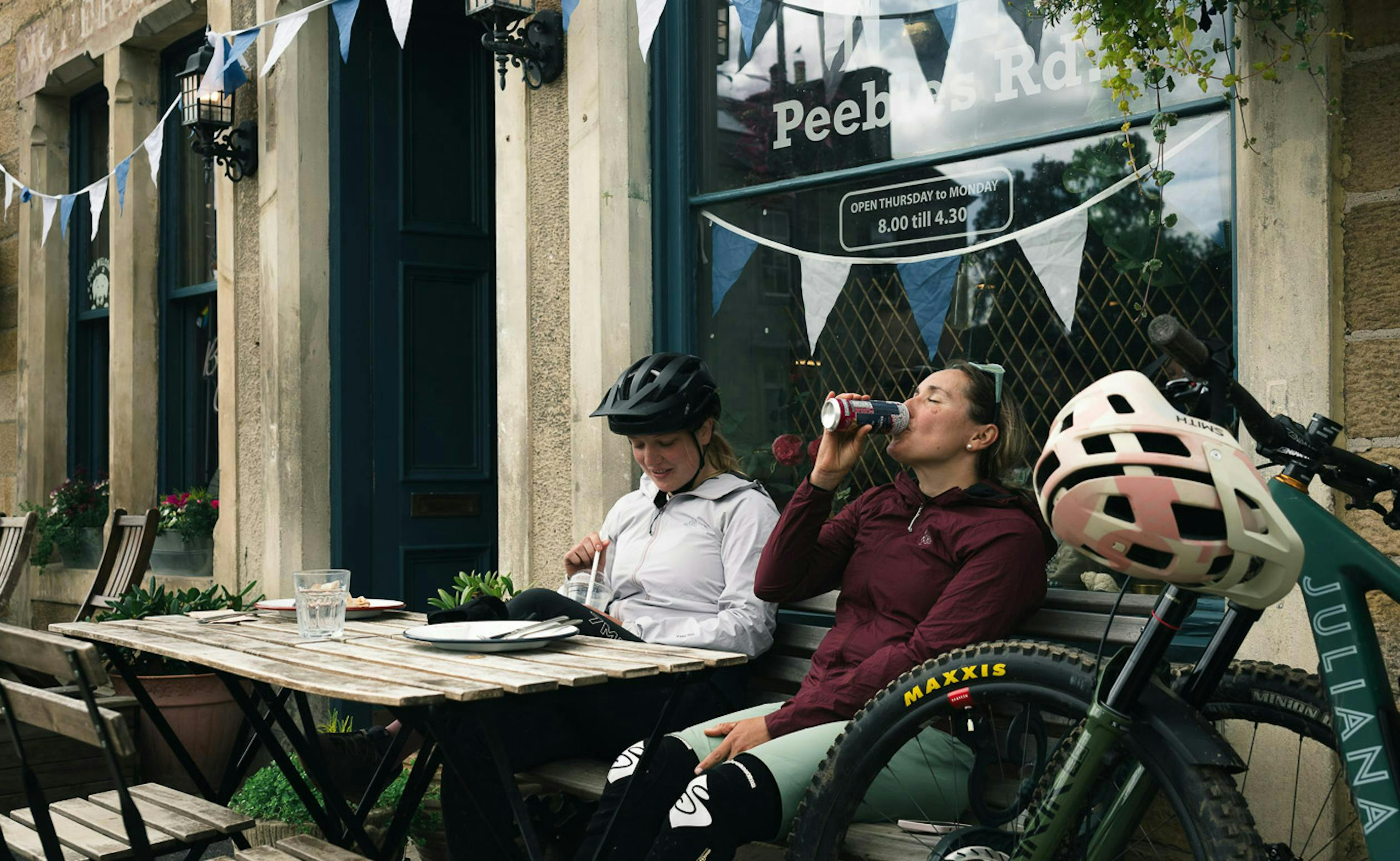
“Although 100% better than it used to be”, Rachel says the coverage of women's racing is still lacking and must be equal with the men’s to give women a fair share of representation in the sport. But Polly believes race coverage needs to improve for everyone, not just the women, to make Enduro more spectator-friendly. It stands to reason that as coverage of the sport overall improves, so will the ratio of women in the media, which in turn will drive more interest and money into women’s racing.
Luckily, prize money is already equal for the Enduro, but we know that women are still receiving smaller paychecks and sponsorship packages from teams and individual sponsors, something both Rachel and Polly hope will change over time. Rachel also believes the best way to help grassroots riders is to help them gain the financial backing to get to Europe and get race experience, “The European races are where the big long tracks are. They’re rocky, have different terrain and have the best atmosphere of Enduro. So if we can give young women riders the chance to get out there and ride, including someone to travel with, that would be a huge step in the right direction.”
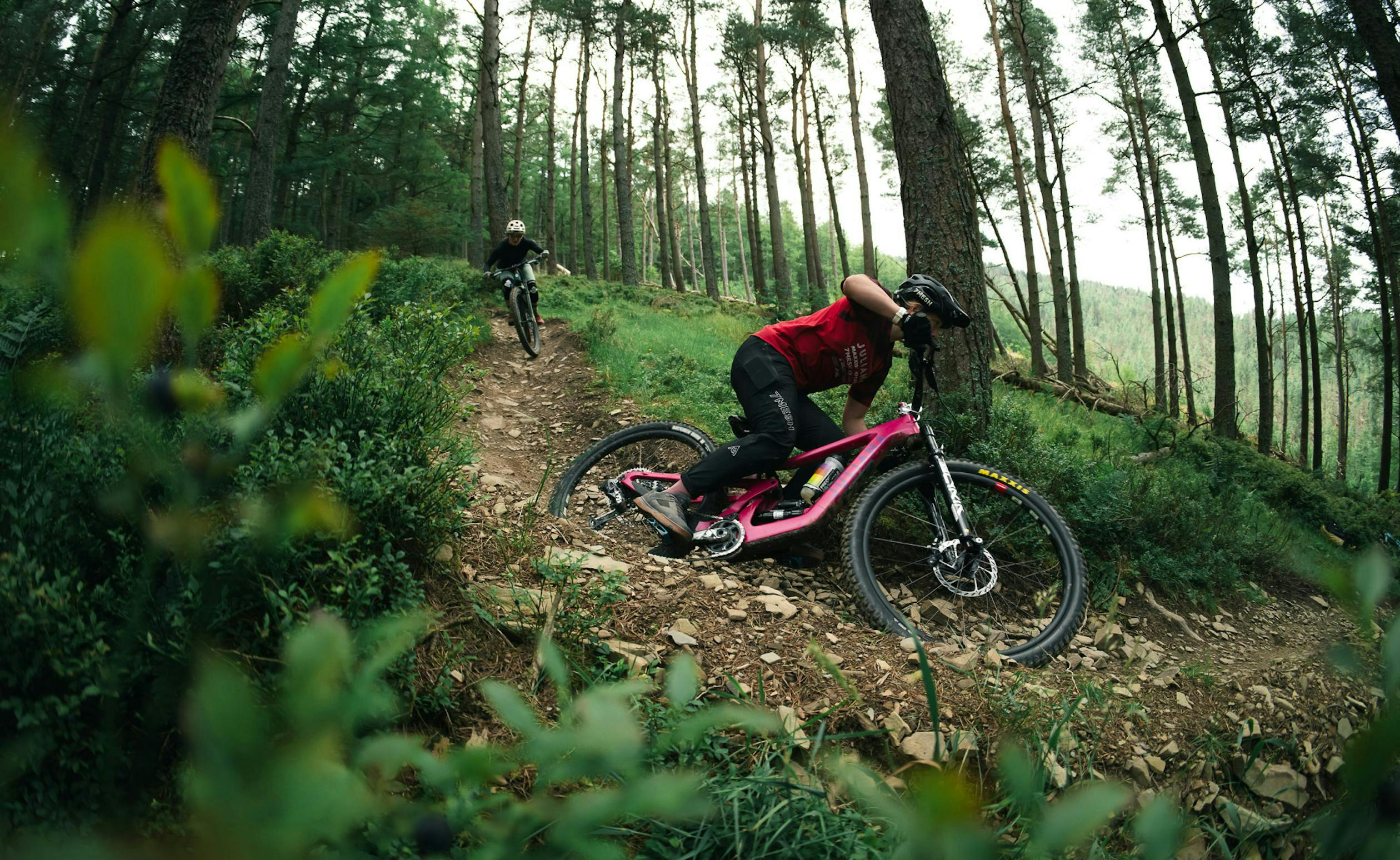
Overall, the mentality of racing Enduro has changed enormously since Rachel competed to where Polly is today. Once thought of as the “fun discipline”, the track changes, bike evolution and more competitive rankings has led to Enduro becoming as gnarly as Downhill. The secret to enjoying it? Rachel says, “Don’t be afraid to fail and crash. Don’t be scared. Just embrace the opportunities and have fun, because the minute you stop having fun, will be the minute you don’t ride well.”
